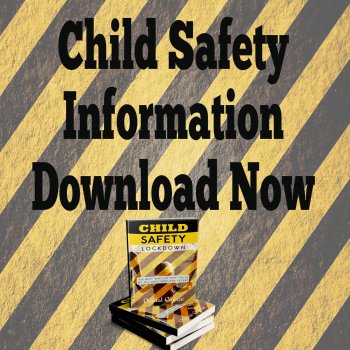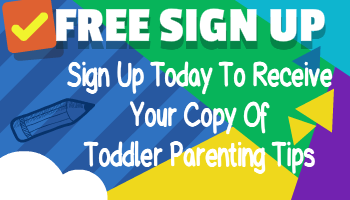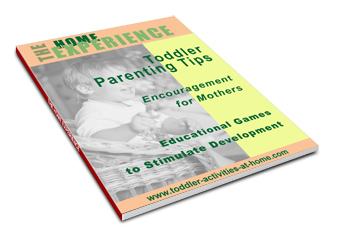How to Teach and Reach Children with a Kinesthetic Learning Style?
Children who have a kinesthetic learning style are usually easy to spot.
They're the kids who can't seem to sit still. They use their senses
to help them learn. Teaching reading to a kinesthetic learner is a much
easier if you understand the best way to communicate with them.
Teaching phonics...Read More...
Reading motivation...Read More...
Preschool reading...Read More...
Do any of the below characteristics sound familiar?
Maybe A Kinesthetic Learning Style May Suit ?
- Very active – like to move around while listening or talking
- Often talk with their hands
- Touch things in order to learn about them
- Remember things by recalling who did what rather than who said what
- Touch and feel everything – rub hands on walls, furniture, halls as they move
- Like to find out how things work
- Their lips move when they read
- Learn best through movement
- Communicate through body language and movement
- Shows you rather than tells you
- Responds to physical rewards and touching
- Often move and talk slowly
- Fidgets a lot
- May stand closer than a visual child
- Needs to explore their environment more than other kids
- Is often unaware of their own movement and distracted by movement of others
Kinesthetic learners are good at the following:
- Have Natural athletic ability
- Good at dramatic arts
- Being creative and using their imagination
- Good at taking things apart and putting them back together
Kinesthetic learners face challenges with the following:
- May need to be moving in order to learn (makes classroom learning a challenge)
- Often labeled with ADD or hyperactivity because they have trouble learning in a traditional classroom setting (but more and more schools are changing to address the needs of tactile learners)
- Older kinesthetic or tactile learners (6+) are often classified as underachievers in school
- Doesn't usually enjoy reading or spelling
How to help your kinesthetic learner:
- Allow them to be active while you read to them
- Let them participate in drama
- Encourage them to participate in science or lab experiments
- Go on field trips
- Have them move their fingers under words as they read
- Watch them perform skits and dances
- Have them make models
- Utilize lots of “hands on” activities to perform learning (i.e., learn how to count while cooking or playing hopscotch)
- Provide quiet time after physical activities
- Task rewards may work well
- Play board games
- Use competitions to motivate your kinesthetic learner
- Make it harder to move than to sit still (such as moving desk against wall)
- Allow for planned times for movement
- Work with teachers to ensure the best learning environment in the classroom
- Fun games and activities are especially helpful to engage kinesthetic learners
- Incorporate subjects that are especially interesting to your tactile learner to capture their desire to learn
What books are best for kids with a kinesthetic learning style?
- Adventure books
- Interactive books
What games are best for children with a kinesthetic learning style?
- Board games
- Interactive reading games
- Interactive computer games
- Drag and drop games
- Matching games
- Role playing games
- Phonics games
Visit our Reading Games for Kids page to see our favorite games.
More Reading Pages To Explore
To Help Busy Mums and Dads Here Are Some Related Shopping Items
When you purchase from this link, you are actually purchasing from Amazon.com, and you can have peace of mind that your order will be processed by Amazon’s secure order server.
Other Bible Crafts Just For You
Free Bible Crafts l Home l A light unto my feet l Seed Sower Parable Craft l Isaac Crafts l Joseph Crafts l Toddler Christmas Idea l Toddler Christmas Activities l Toddler Christmas Crafts Widows Mite Crafts l Abraham and Sarah Crafts l Prodigal Son Craft l God is watching craft l Samuel Bible activities l Jesus as a boy Bible activities l Lords Prayer Crafts l Daniel Bible Crafts l Noah's Ark Crafts l Fruit of the Spirit Craft l Church As A Body Craft l Fisher of Men Bible Crafts l Moses Bible Crafts l Fruit of the Spirit Craft l Toddler Creation Craft l Toddler Easter Activities l Celebrate Passover l Bible Friendship Activities l Jonah Whale Activity l Jesus Miracle Activities l Toddler Prayer Craft l Water into wine l











New! Comments
Have your say about what you just read! Leave me a comment in the box below.